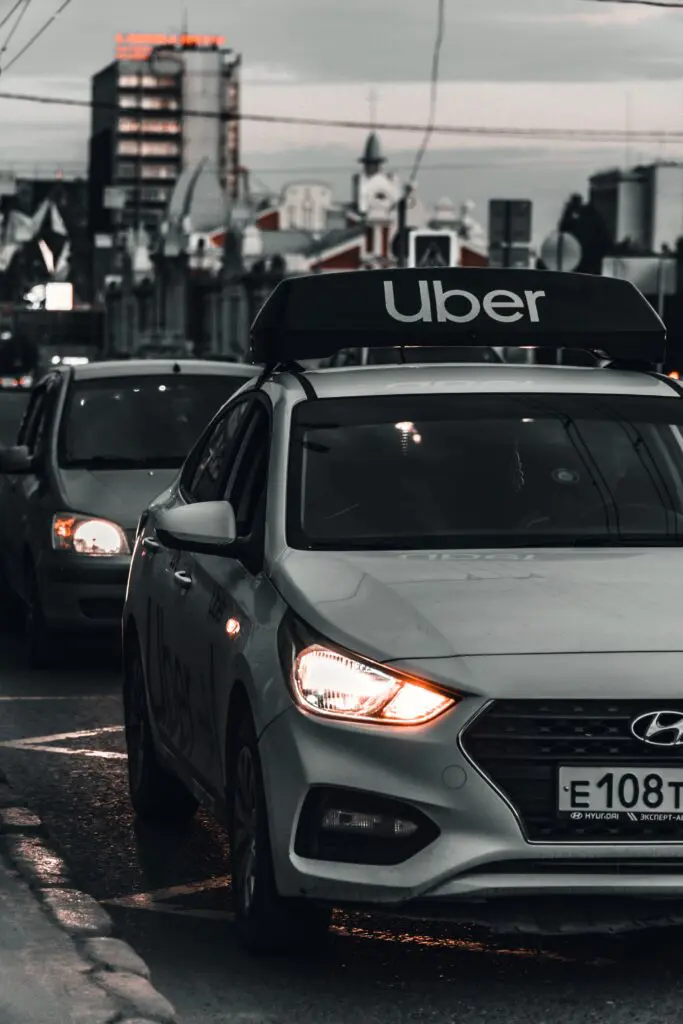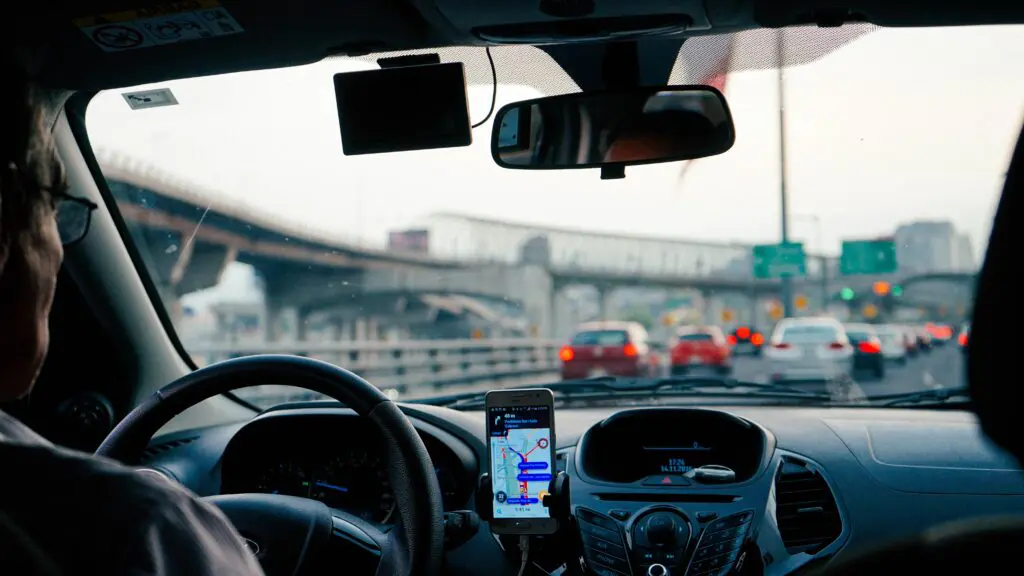Why Do People Still Use Taxis?
Since the inception, and mass usage of, both Uber and Lyft, taxis and taxi drivers have seen significant downward shifts in their overall use. With the overall ease of use, convenience, and affordability of an Uber or Lyft, taxi usage has fallen significantly.
And while both Uber and Lyft operate globally and can be found in nearly every large metropolitan region, there are still a number of users who prefer taxis over an Uber or Lyft.
Below, we are going to discuss and look at just why some people still use taxis over an Uber or Lyft and whether or not you should shift your own usage to the renewed popularity of taxis.

Quick History of Uber
Uber, the most popular ridesharing platform, is based in San Francisco, California and operates in over 72 countries and over 10,500 cities. In addition to ride-hailing, Uber provides food delivery, package delivery, freight transportation, and electric bike and scooter rentals.
Uber, as a ridesharing platform, does not own any vehicles which are utilized for the transport of individuals and goods, rather relying on a fleet of contracted drivers, earning a commission from each booking.
As a public company, Uber has disclosed that in the fourth quarter of 2021, the company had more than 118 million active users and generated an average of 19 million trips per day.
Founded in 2009 by Garrett Camp and Travis Kalanick, Uber was originally intended to reduce the cost of hiring a private driver. However, the idea morphed and evolved into allowing for any individual with a car and a valid drivers license and insurance to transport individuals looking for a ride.

Quick History of Lyft
Similar to Uber, Lyft is a ridesharing app which connects riders with drivers. Operating in 645 cities in the United States and 10 cities in Canada, Lyft is significantly smaller in size and scope than Uber.
In addition to individual transportation, Lyft offers vehicles for hire, food delivery, and both motorized scooter and bicycle rentals.
And, similar to Uber, Lyft is based in San Francisco, California and currently holds a 29% market share in the ride-hailing marketplace.
Launched in 2012 by Logan Green and John Zimmer, Lyft originally focused on long-distance commutes for college students. However, looking to capitalize on short-term ride-hailing solutions, Lyft sold their long-distance commuting solutions to Enterprise Holdings and began focusing exclusively on short-distance ride-hailing.

Why Are Uber and Lyft So Popular?
With hundreds of millions of daily active users and rides generated through the platforms on a daily basis, the popularity of ride-hailing services such as Uber and Lyft simply cannot be questioned.
But just what makes both platforms so popular?
Below, we are going to discuss the many different reasons as to why Uber and Lyft are so popular and have so quickly been adopted by mainstream consumers.
- Convenience – perhaps, above-all-else, Uber and Lyft are so popular due to the convenience they provide. With a simple tap within the application, you are connected to a nearby driver and are shown an approximate ETA on their arrival. Before the advent of either Uber or Lyft, consumers were often left to the mercy of a nearby taxi and, in rural areas, typically had to call in advance to book a service.
- Ability to Rate a Driver – similarly, on both Uber and Lyft, riders are able to rate their drivers on a scale of 1-5. This rating system helps to ensure that a driver is not only accountable for their actions while driving but also that they provide a pleasant, clean, and professional interaction with each rider.
- Cleanliness – drivers on both Uber and Lyft are encouraged to keep their vehicles clean and tidy. Making for a better customer experience, many Uber and Lyft drivers go to great lengths to ensure their cars are well-kept, clean, and may even offer simple snacks and beverages to encourage higher ratings and reviews.
- Affordability – last, but certainly not least, is that both Uber and Lyft are generally more affordable than traditional taxi cabs. And with the price of a trip roughly predetermined before the start of a trip, riders can estimate the total cost of a trip before they embark on one.

Disadvantages of Using Either Uber or Lyft
While both Uber and Lyft are extremely popular and widely adopted, they are not without certain criticisms and blame. Below, we are going to review some of the main criticisms that both platforms face.
- Controversial Labor Practices – Uber, in particular, has become a prime example of the gig economy and its work. As an Uber driver, drivers are not entitled to company paid benefits nor minimum wage. This is because Uber and Lyft drivers are not classified as employees of the company but rather contractors.
- Surge Pricing – another criticism that both Uber and Lyft face is surge pricing. Surge pricing is the raising of prices according to demand at a particular time. Due to surge pricing, when the use of a ride-hailing service is most popular, prices for an Uber or Lyft can rise exponentially.
- Regulatory Concerns – for both Uber and Lyft, regulatory concerns continue to be a main hurdle. With both companies having entered geographical markets without prior city approvals, they are both in a number of litigious situations with regulators concerning their legality in the region.

Why Do Some People Use Taxis Over An Uber or Lyft?
While there are many benefits to using an Uber or Lyft, for some people, the use of a taxi far outweighs the use of a ride-hailing service. Below, we are going to review some reasons as to why a person would opt to use a taxi over an Uber or Lyft.
- Ease of Use – while, undoubtedly, both Uber and Lyft are easy platforms to access and utilize, depending on where you are located, a taxi may be even simpler. In many major metropolitan cities such as New York City, Boston, and Chicago, there are a plethora of available taxis on the streets which can ferry passengers nearly immediately.
- Support the Local Economy – while both taxi services and ride-hailing apps pay the majority of the fare to the driver, by utilizing a local taxi service, you ensure that the fare price remains within the local economy. This helps to not only continue the circulation of funds within the area but also encourages entrepreneurship.
- Affordability – while both Uber and Lyft are in a price-competition, lowering fares to entice additional riders to utilize the service, they do engage in surge pricing practices. However, taxi services do not and are often cheaper or similarly priced to an Uber or Lyft ride.
